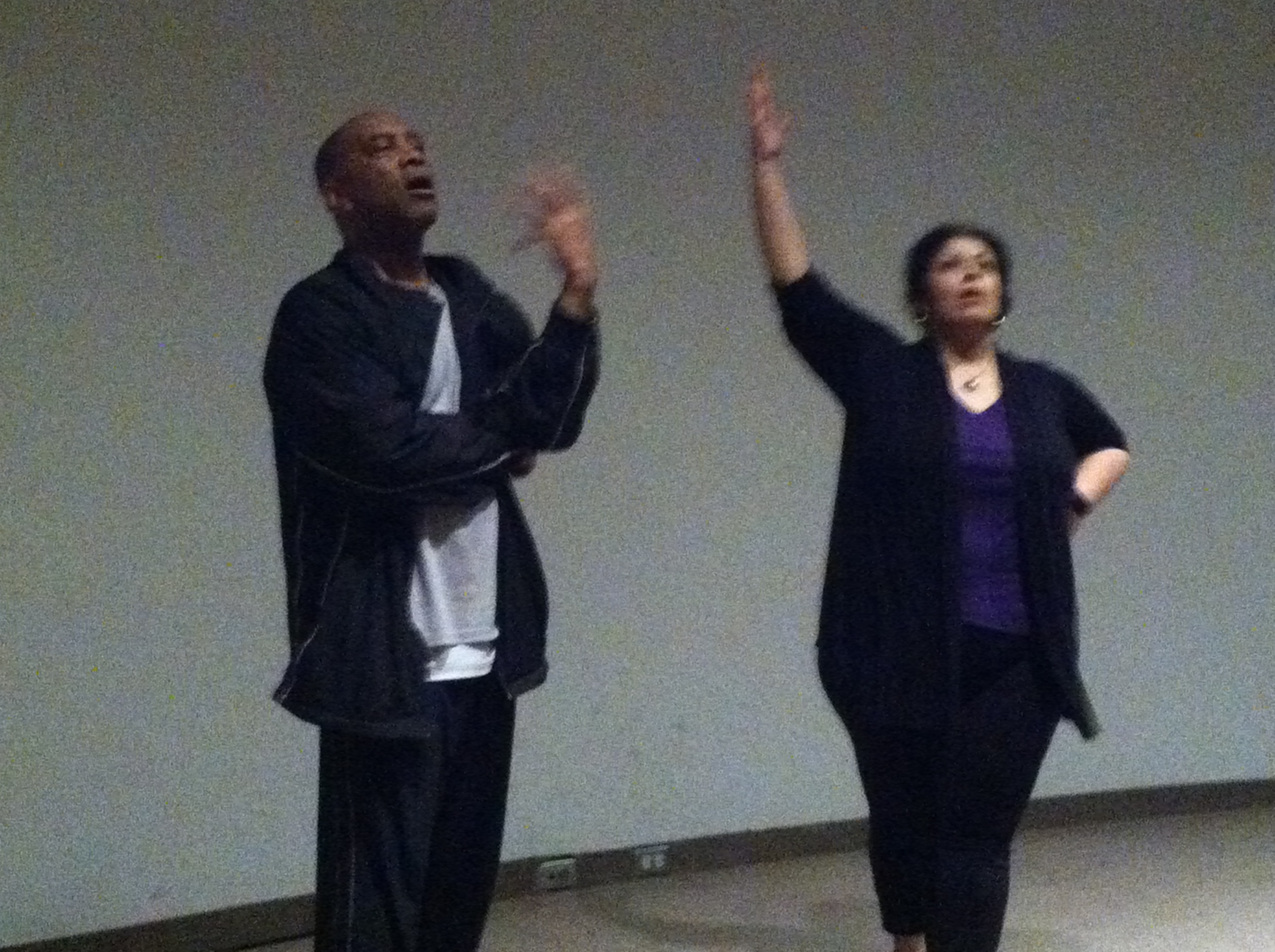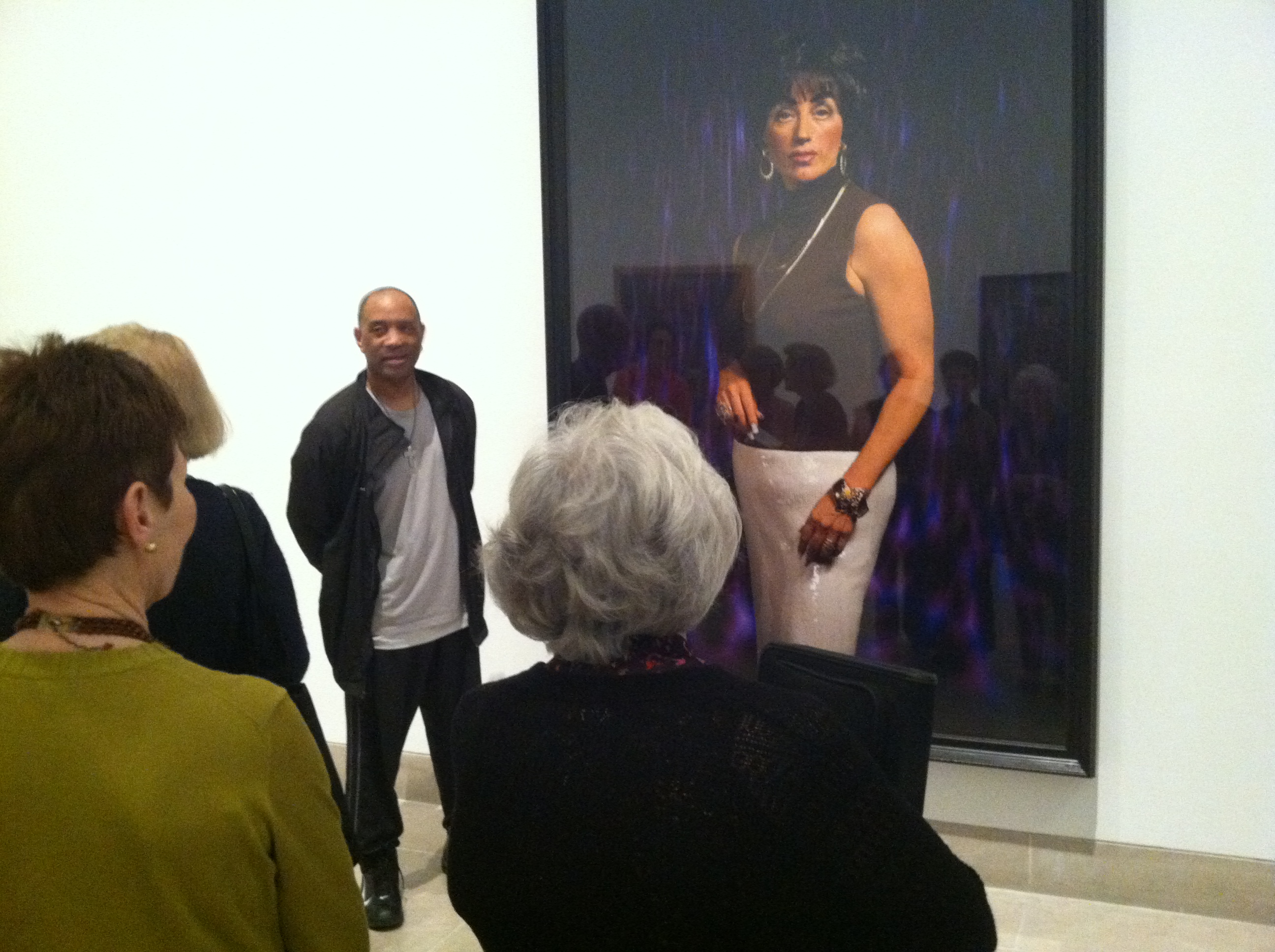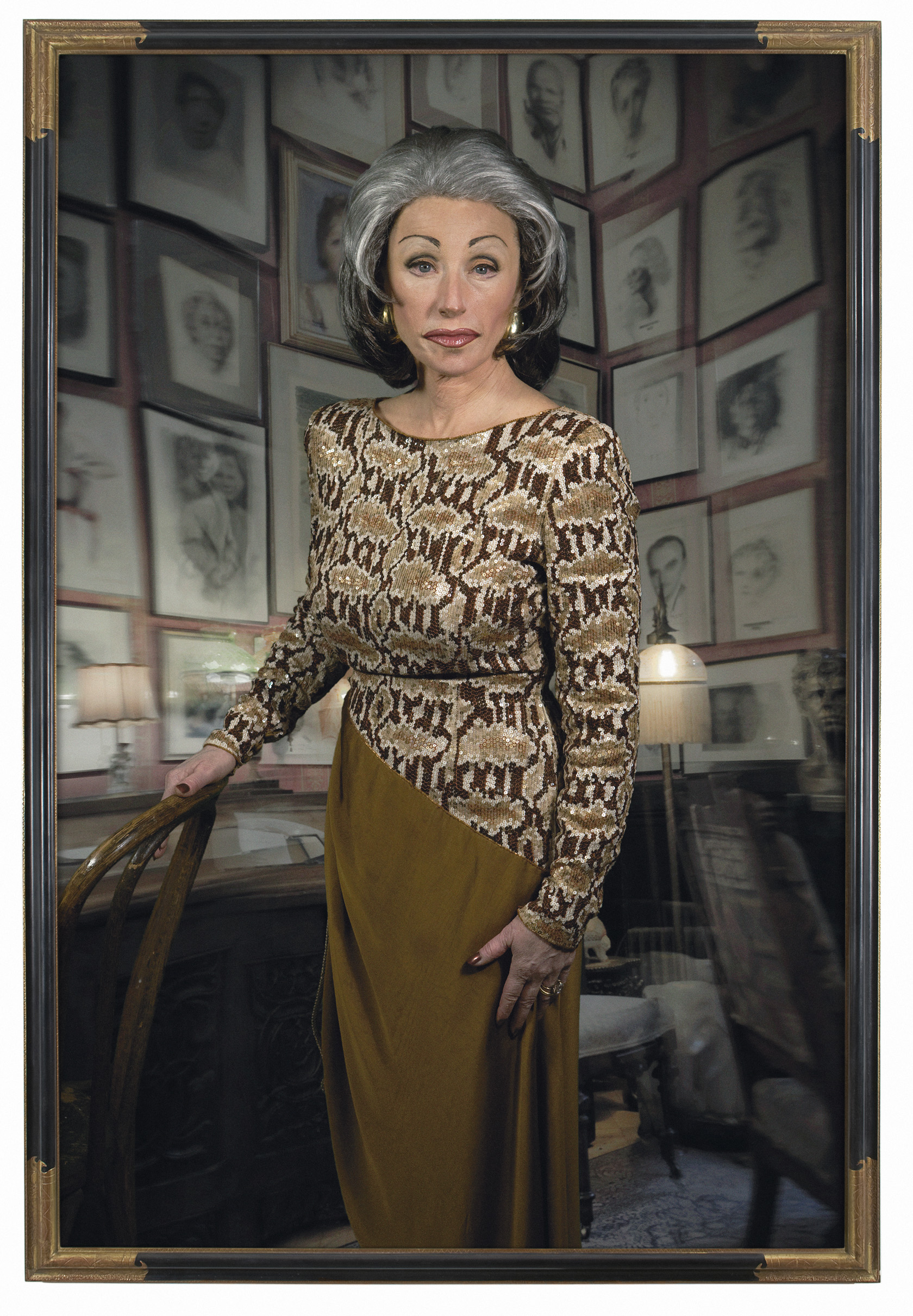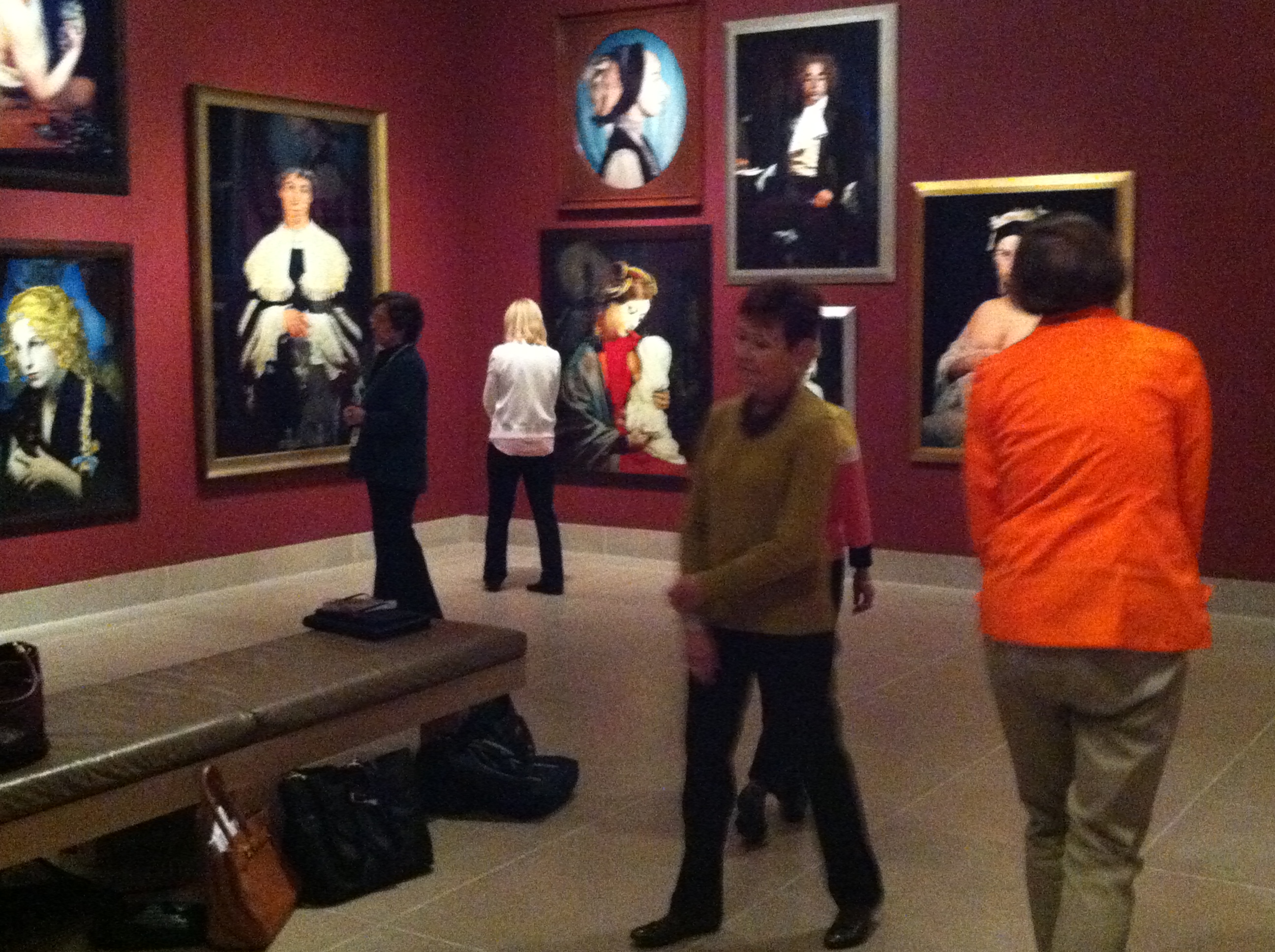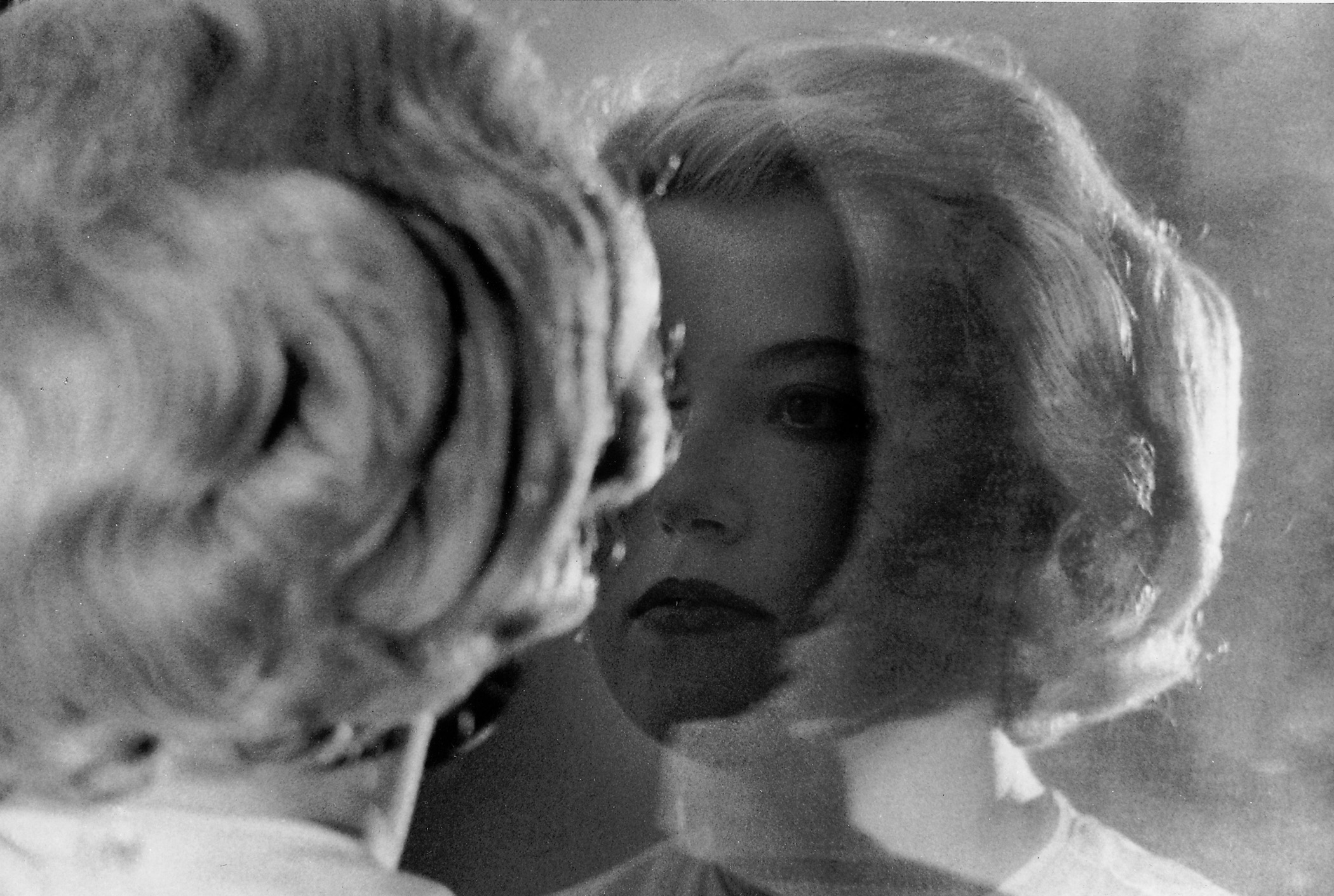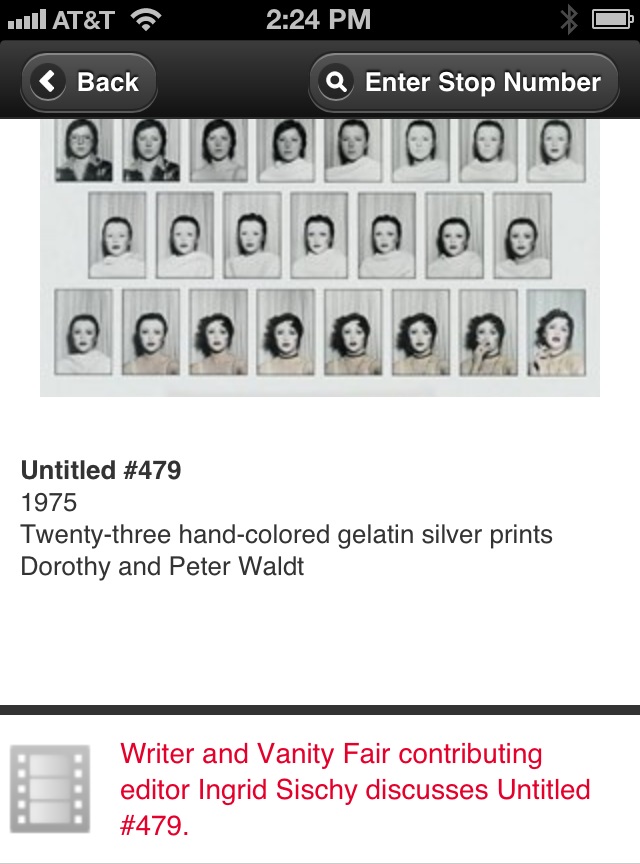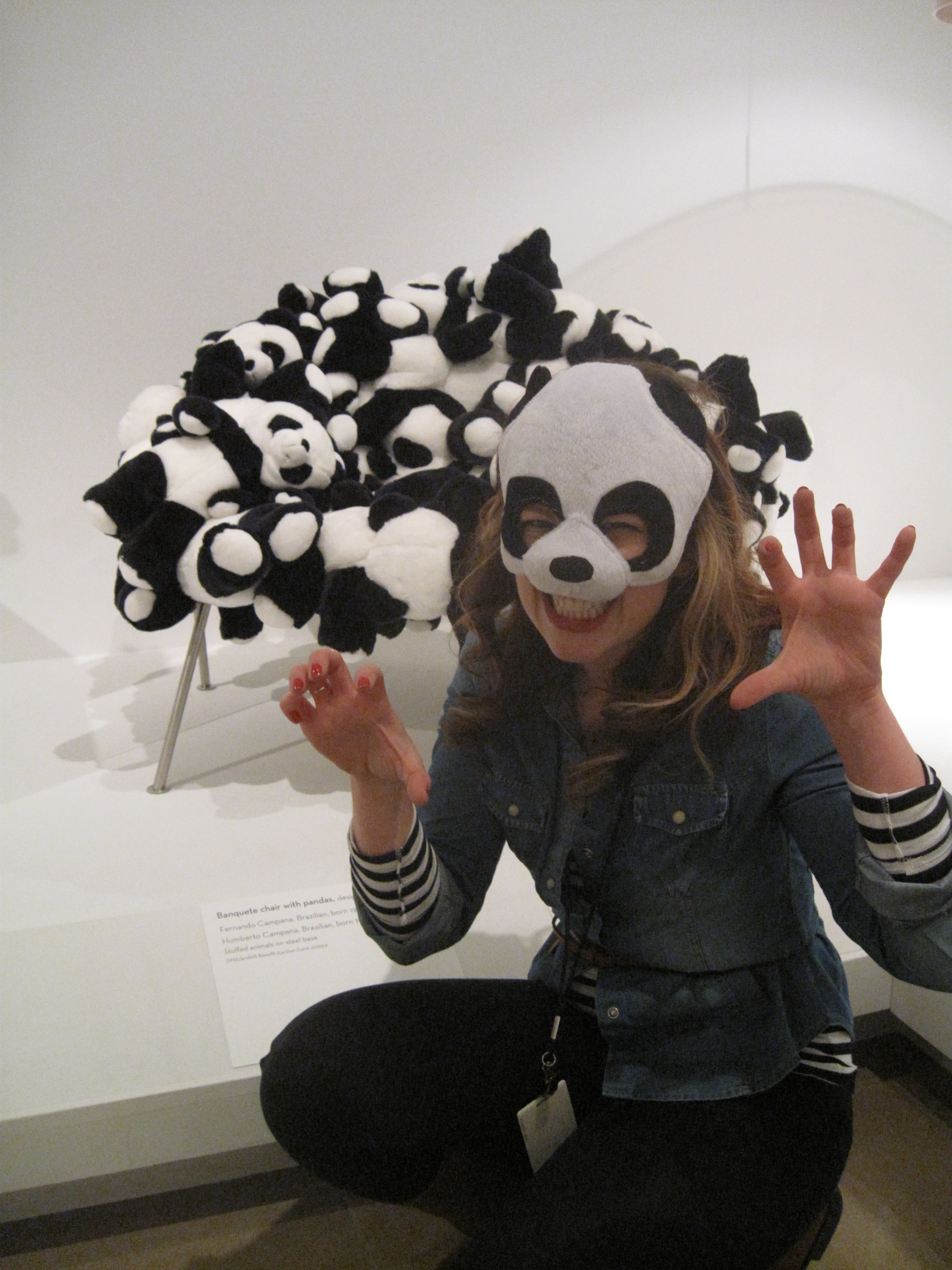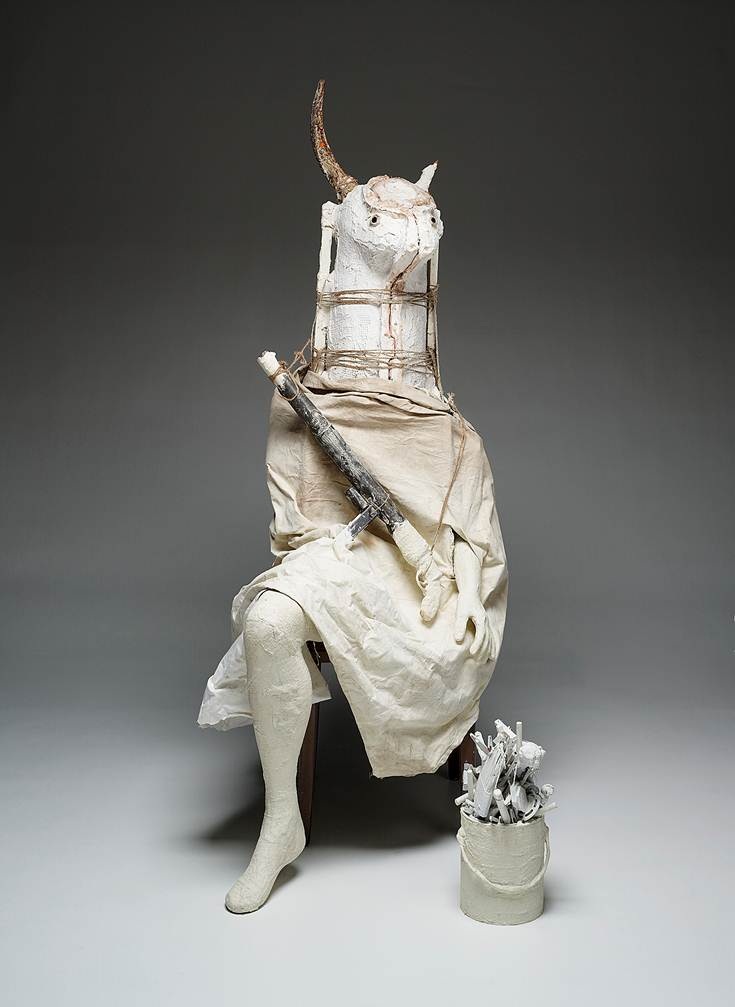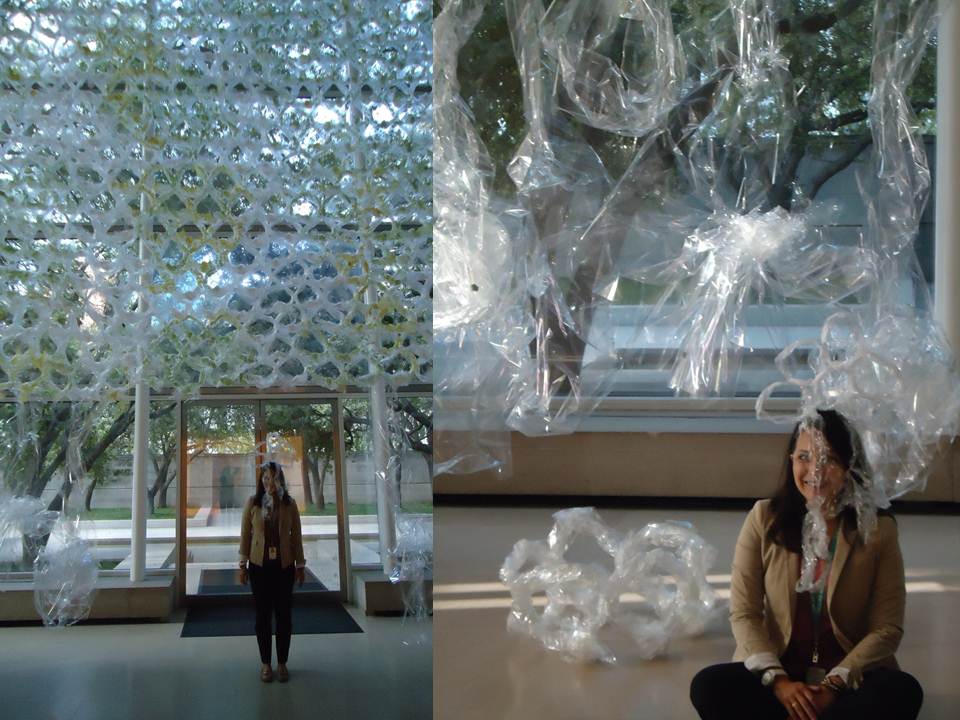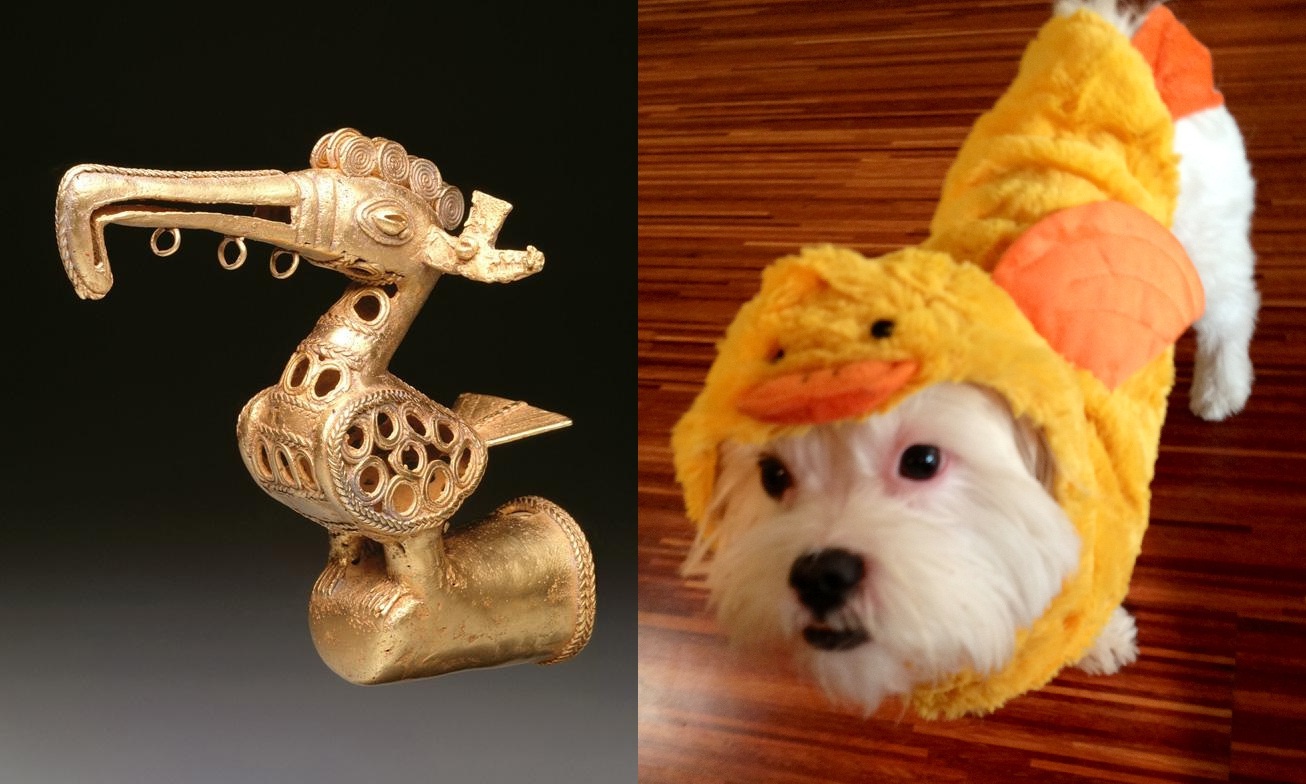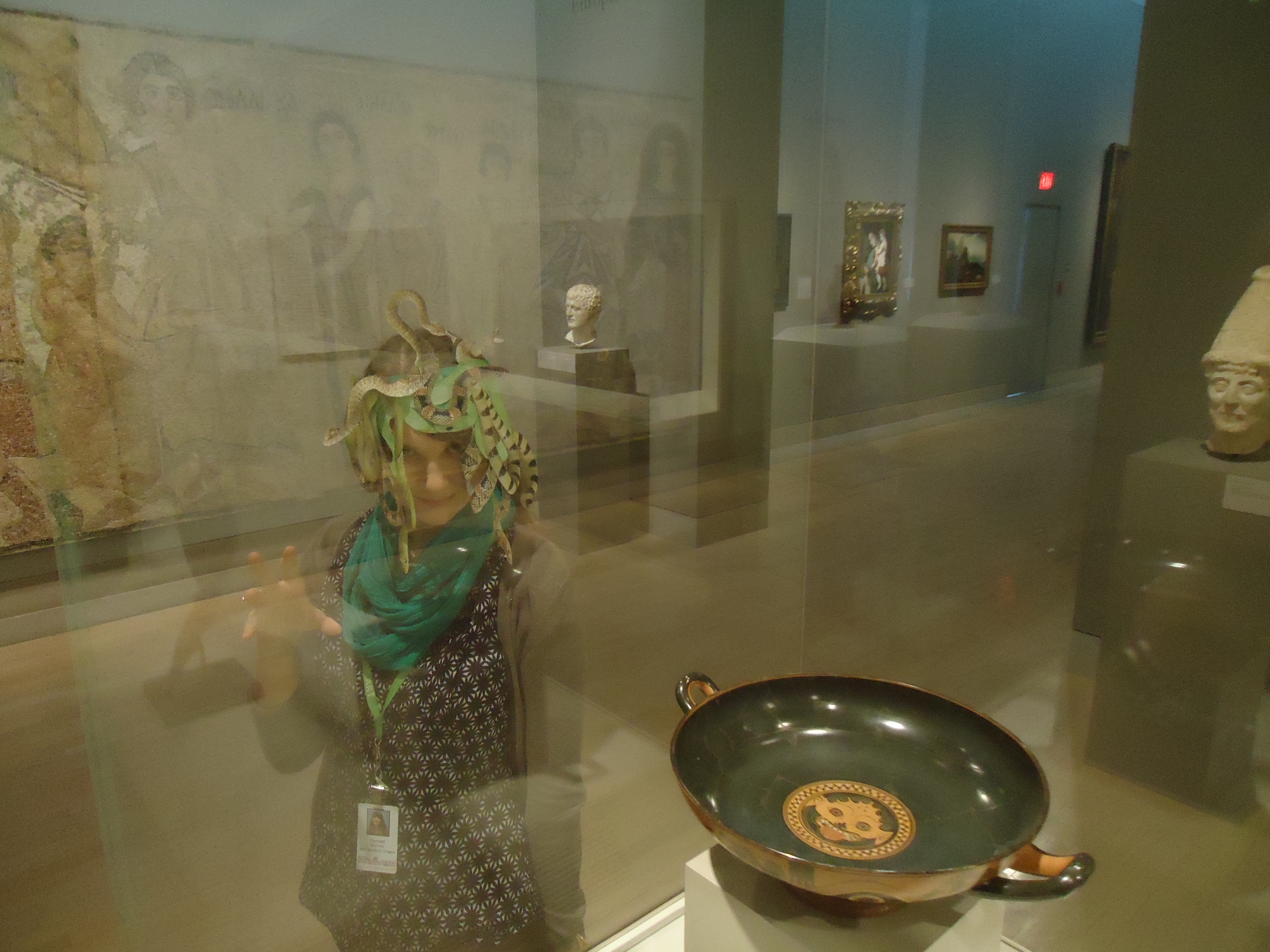This Sunday is the opening of Youth and Beauty: Art of the American Twenties. With over sixty-five artists represented, this dynamic exhibition expresses life as an American in the period between World War I and the Great Depression. The “Roaring Twenties“, as they are known, may bring to mind iconic flappers and lively jazz music. From the outside this may seem like a period of frivolous fun, but taking a closer look reveals a complex time of transition. With the rapid urbanization of America, modern ideals and industry created a lot of change and disorientation, which can be felt throughout the exhibition. With so much to see and discover, don’t miss your chance to peer into the psyche of this topsy-turvy decade.
Below is a little sneak peek of some of the artworks in the exhibition.
[slideshow]
Don’t miss all the fun and engaging Youth and Beauty programs for you and your students!
Hannah Burney
McDermott Education Intern for Teaching Programs and Partnerships
Artworks shown:
Nickolas Muray, Gloria Swanson, circa 1925, gelatin silver print, George Eastman House, International Museum of Photography and Film, Rochester, New York, Gift of Mrs. Nickolas Muray
George Wesley Bellows, Two Women, 1924, oil on canvas, Portland Museum of Art, Maine, Lent by Karl Jaeger, Tamara Jaeger, and Karena Jaeger
John Steuart Curry, The Bathers, circa 1928, oil on canvas, The Nelson-Atkins Museum of Art, Kansas City, Missouri, Purchase: Acquired with a donation in memory of George K. Baum II by his family, G. Kenneth Baum, Jonathan Edward Baum, and Jessica Baum Pasmore, and through the bequest of Celestin H. Meugniot
Edward Hopper, Lighthouse Hill, 1927, oil on canvas, Dallas Museum of Art, Gift of Mr. and Mrs. Maurice Purnell
Bumpei Usui, 14th Street, 1924, oil on canvas, Virginia Museum of Fine Arts, Richmond, J. Harwood and Louise B. Cochrane Fund for American Art
Joseph Stella, American Landscape, 1929, oil on canvas, Collection Walker Art Center, Minneapolis, Gift of the T.B. Walker Foundation
Gerald Murphy, Razor, 1924, oil on canvas, Dallas Museum of Art, Foundation for the Arts Collection, gift of the artist
Lewis Wickes Hine, Power House Mechanic, 1920-1921, gelatin silver print, Brooklyn Museum, Gift of Walter and Naomi Rosenblum
Youth and Beauty: Art of the American Twenties is organized by the Brooklyn Museum. Major support for this exhibition and the accompanying catalogue was provided by the Henry Luce Foundation, the Martha A. and Robert S. Rubin Exhibition Fund, The Mr. and Mrs. Raymond J. Horowitz Foundation for the Arts, and the National Endowment for the Arts.










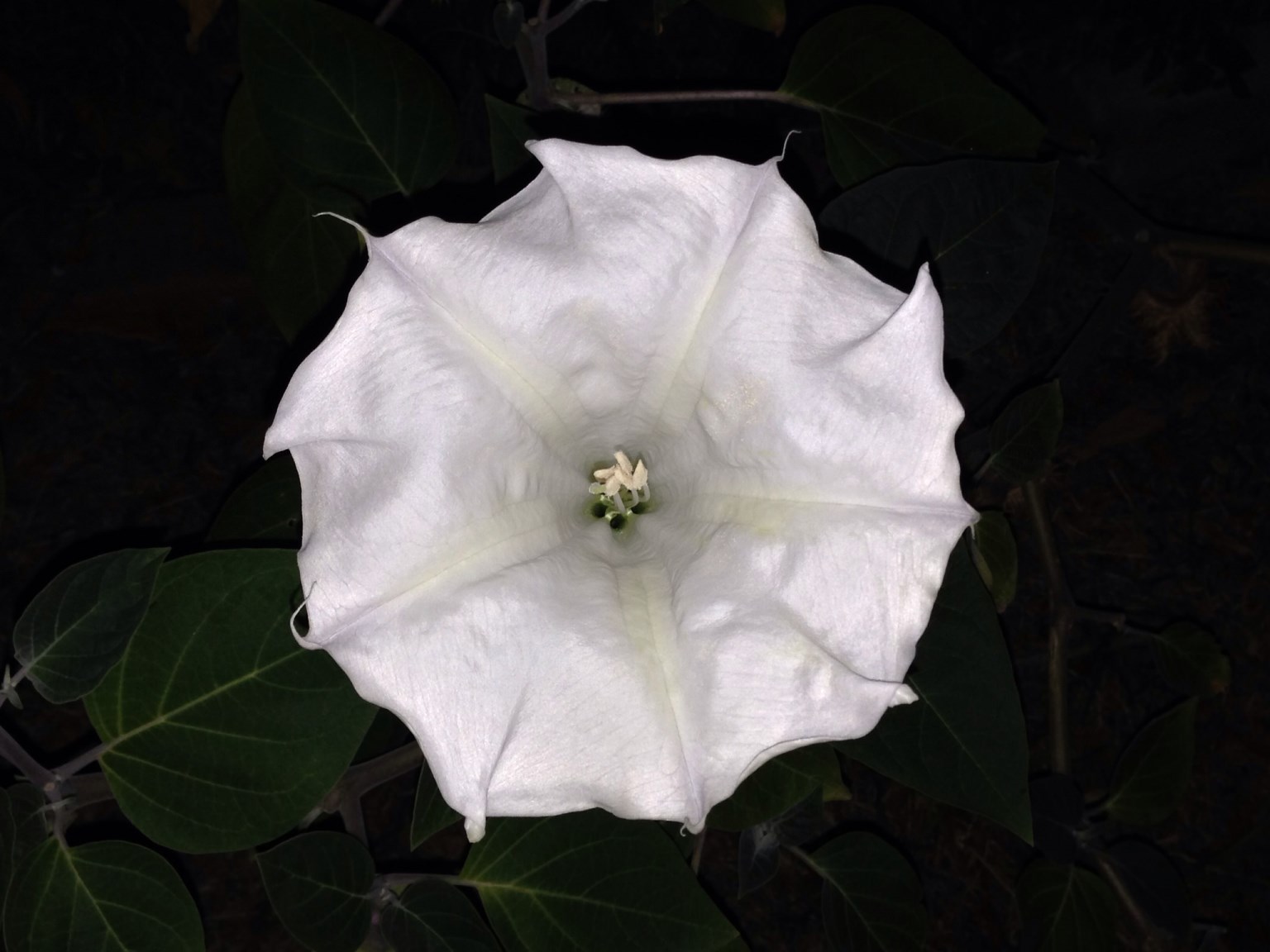
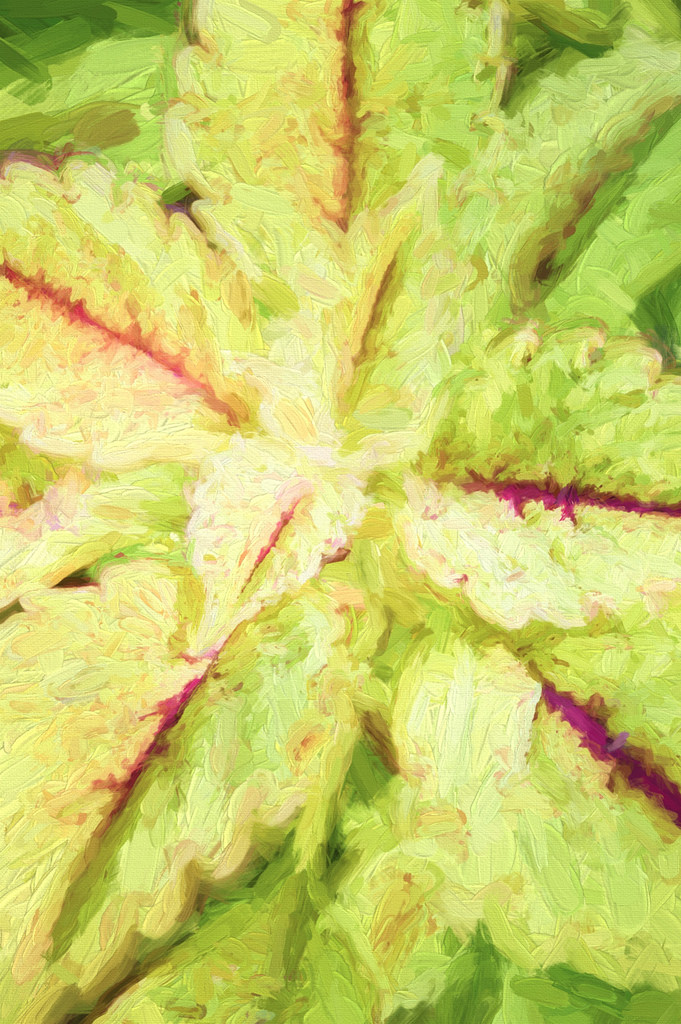

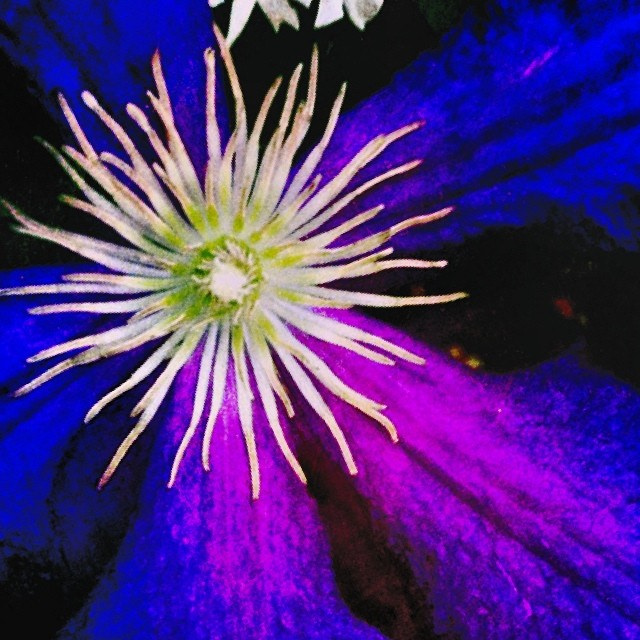
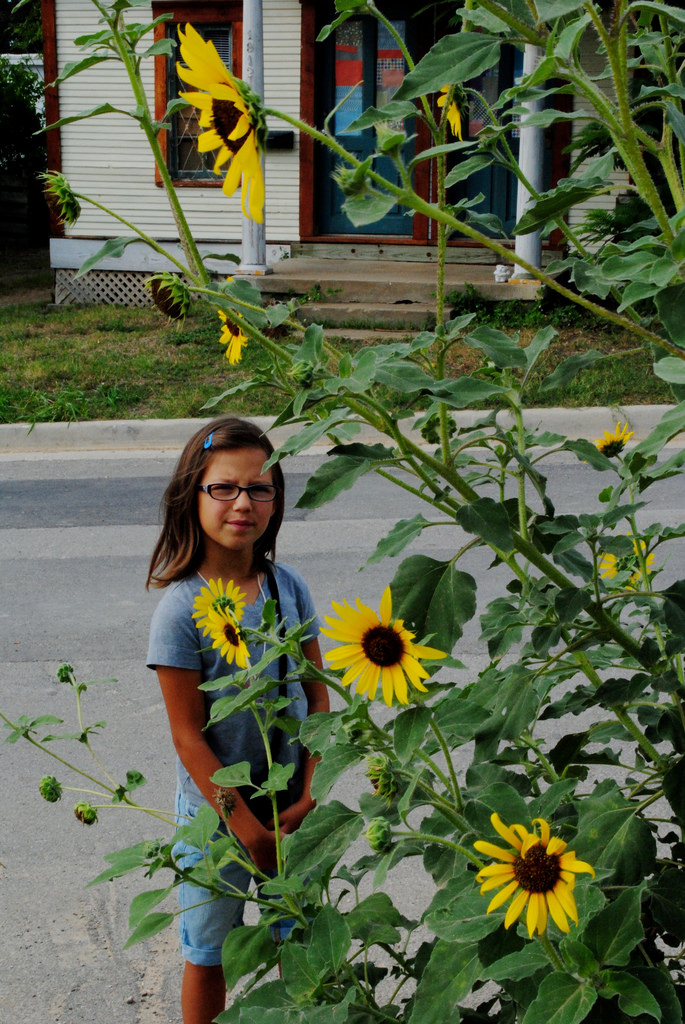

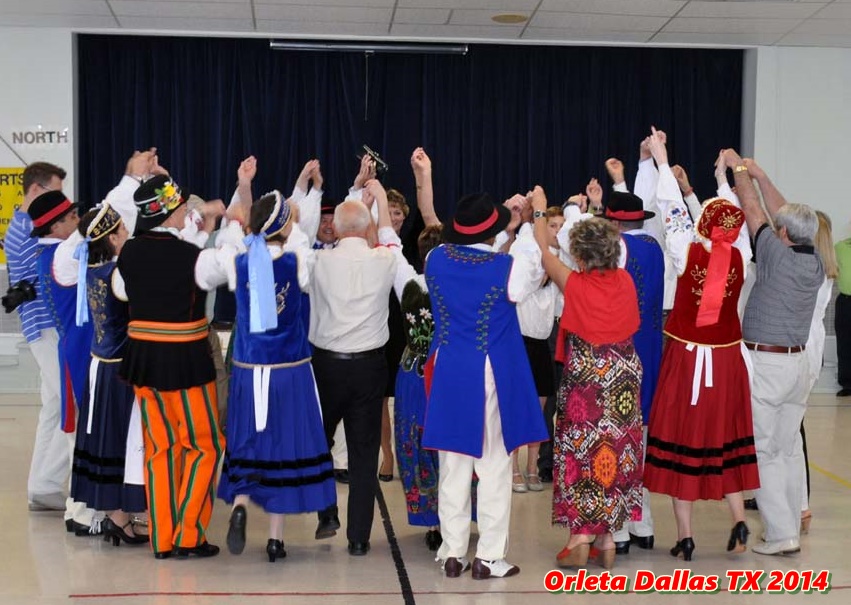
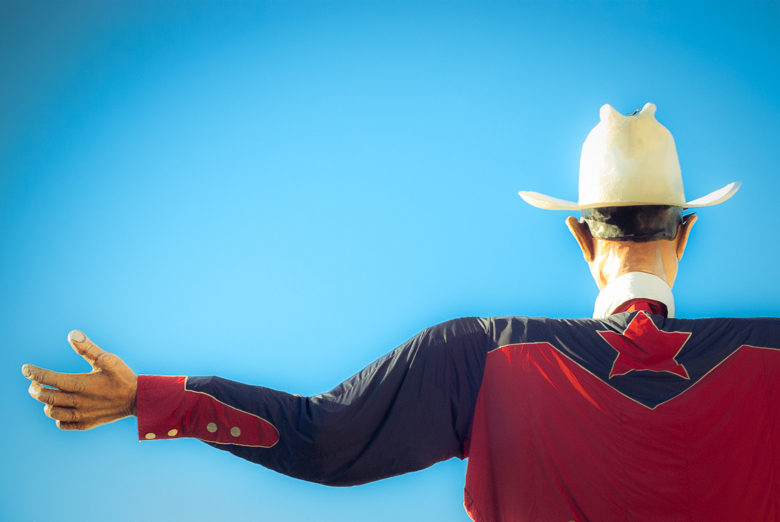
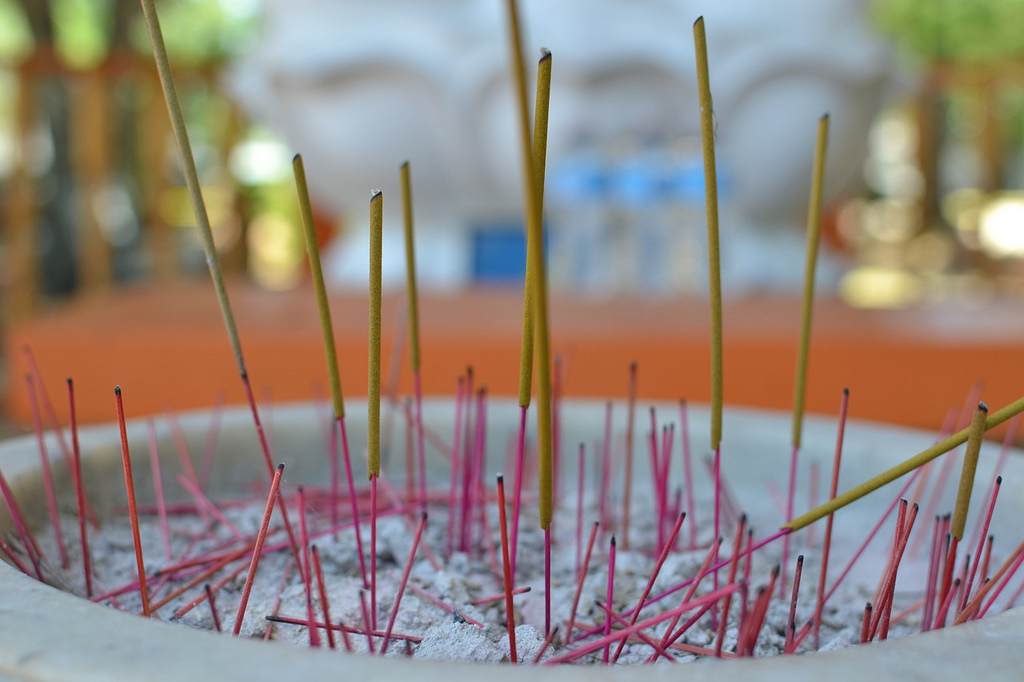
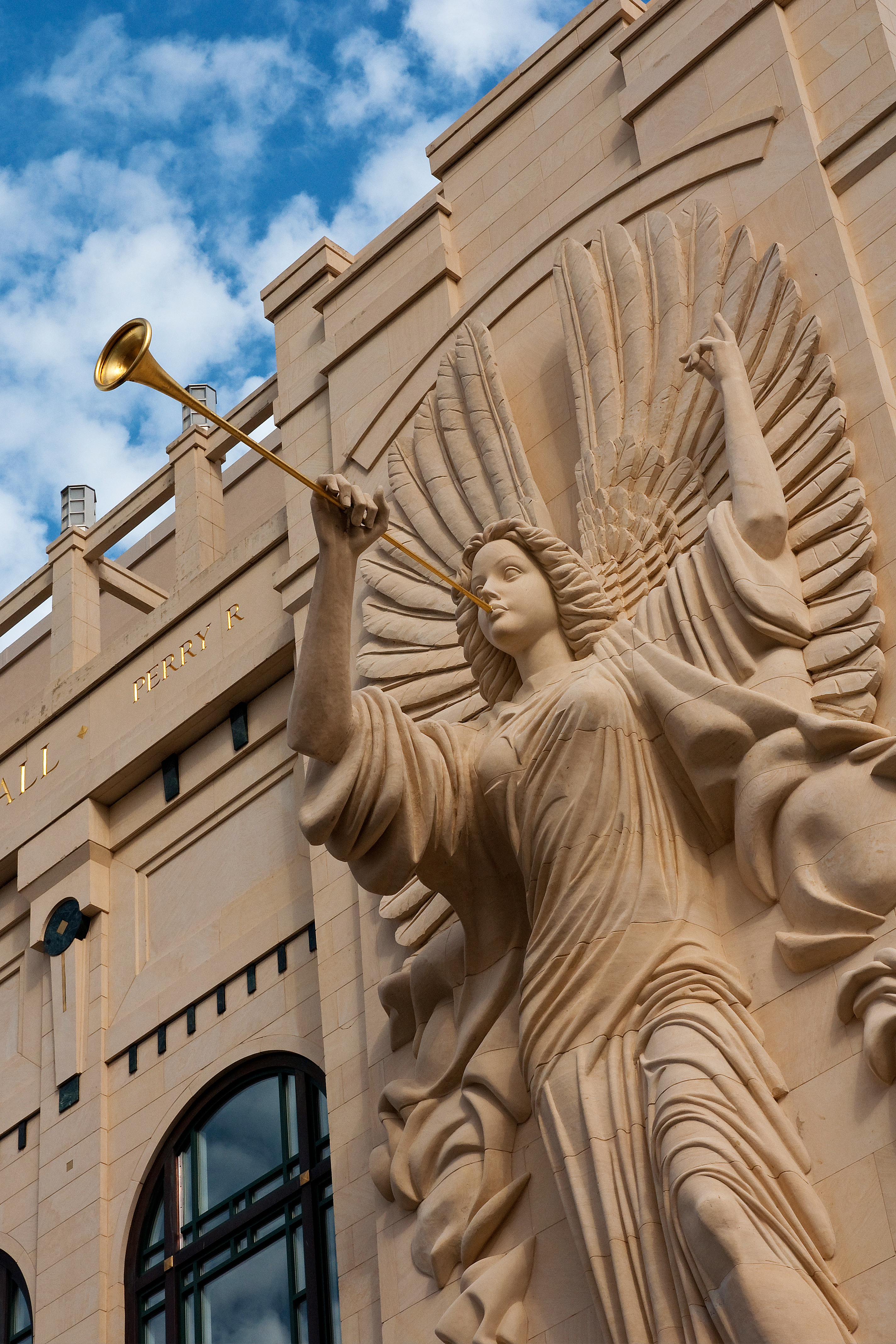

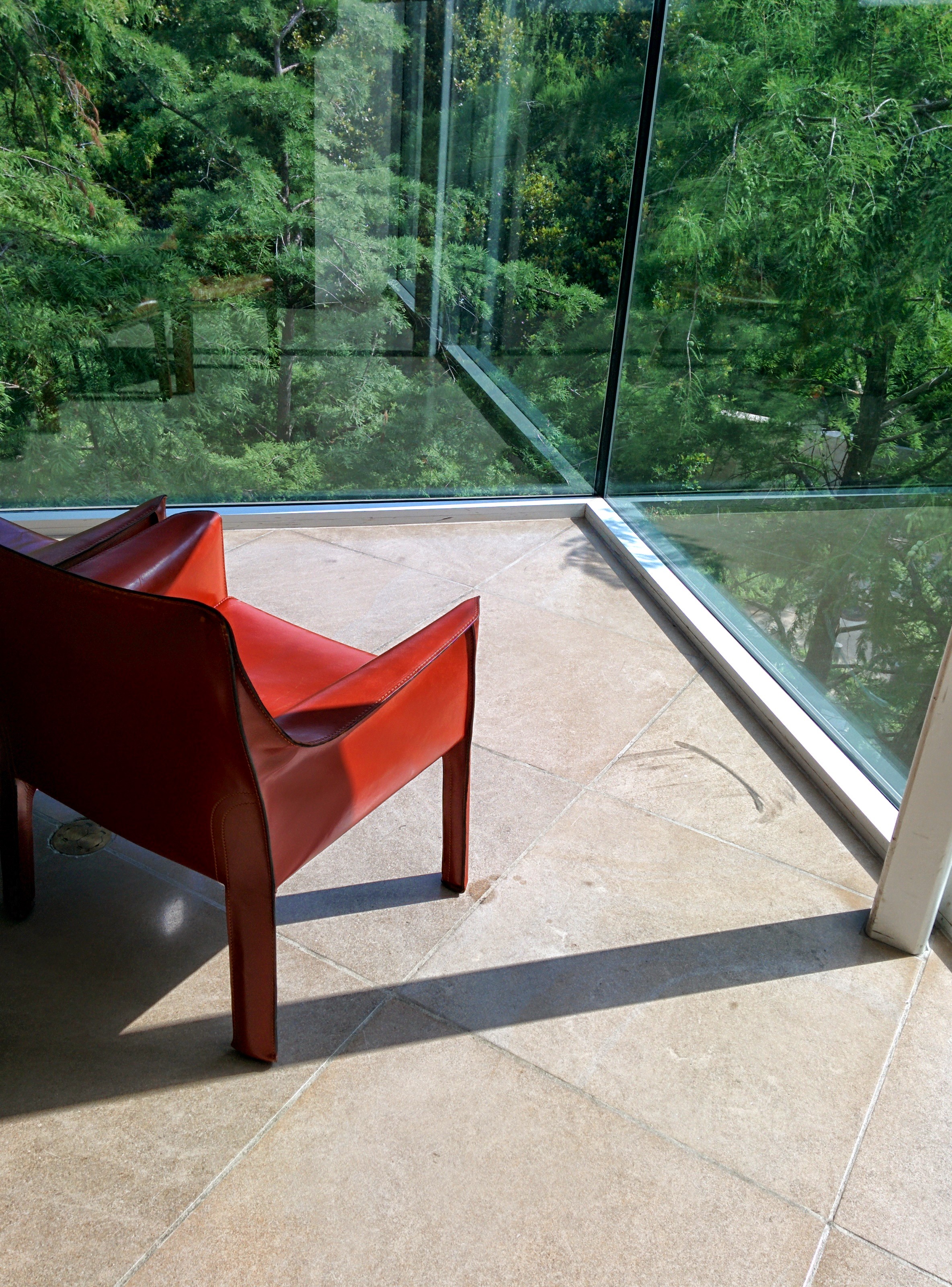







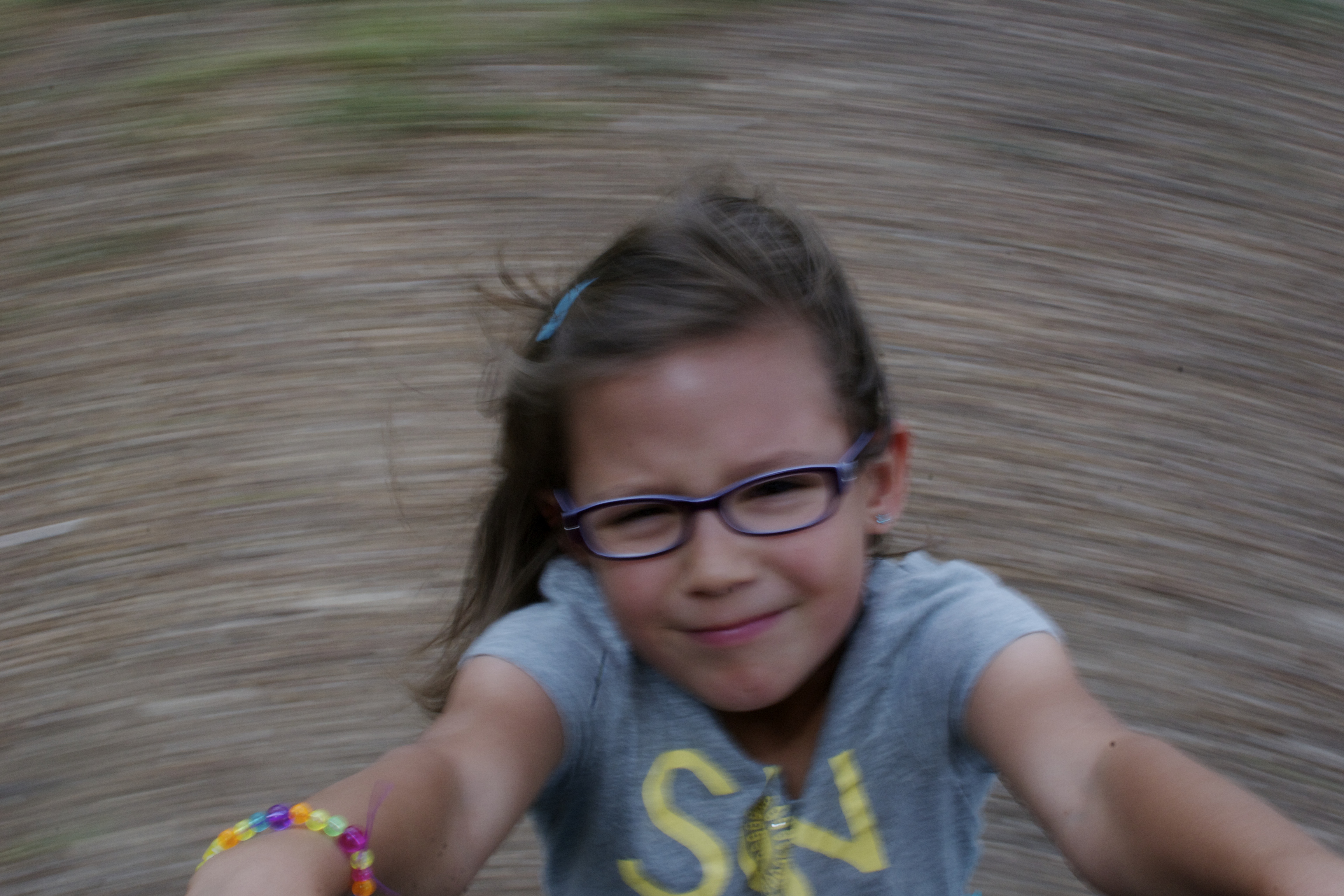
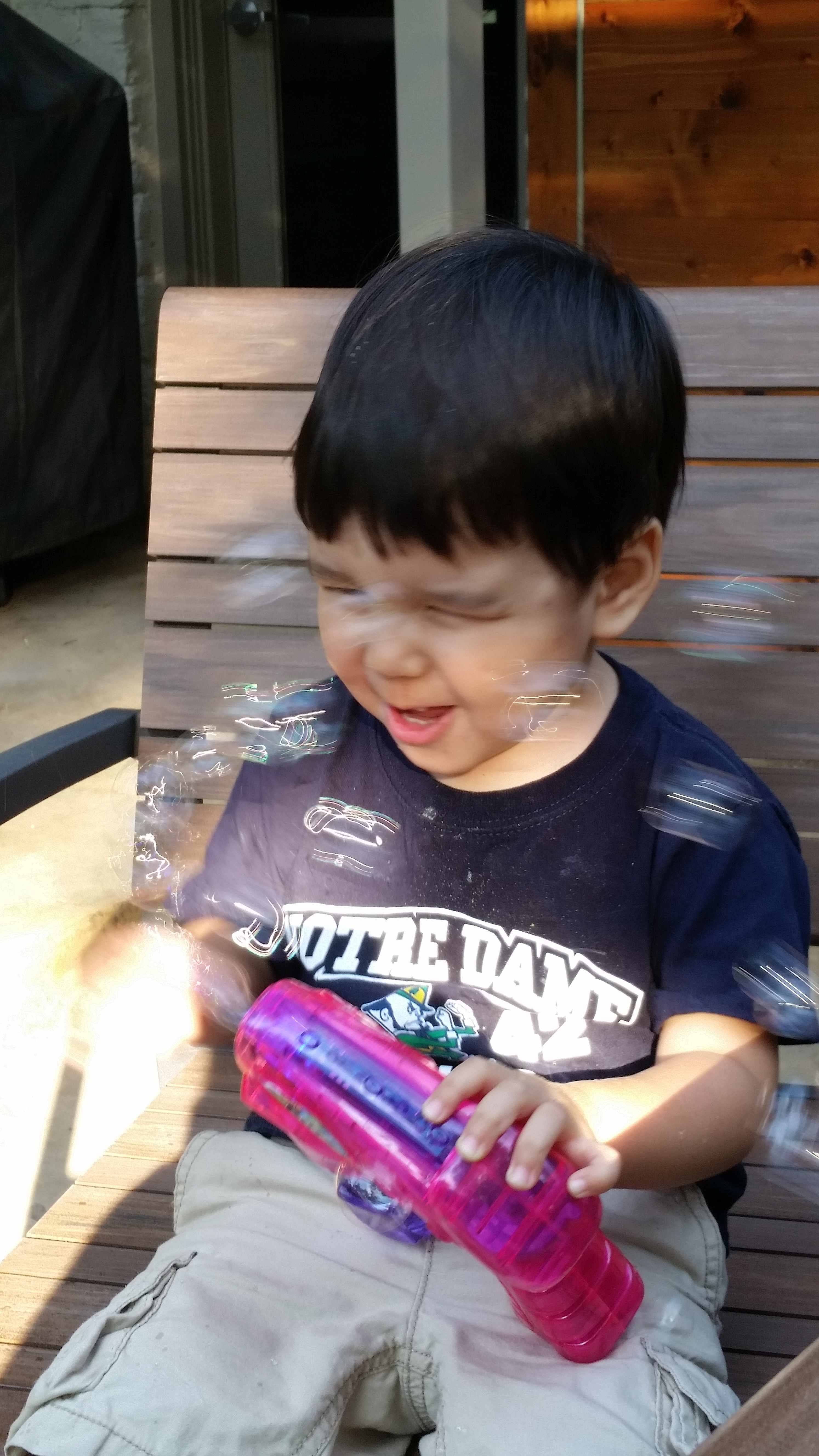

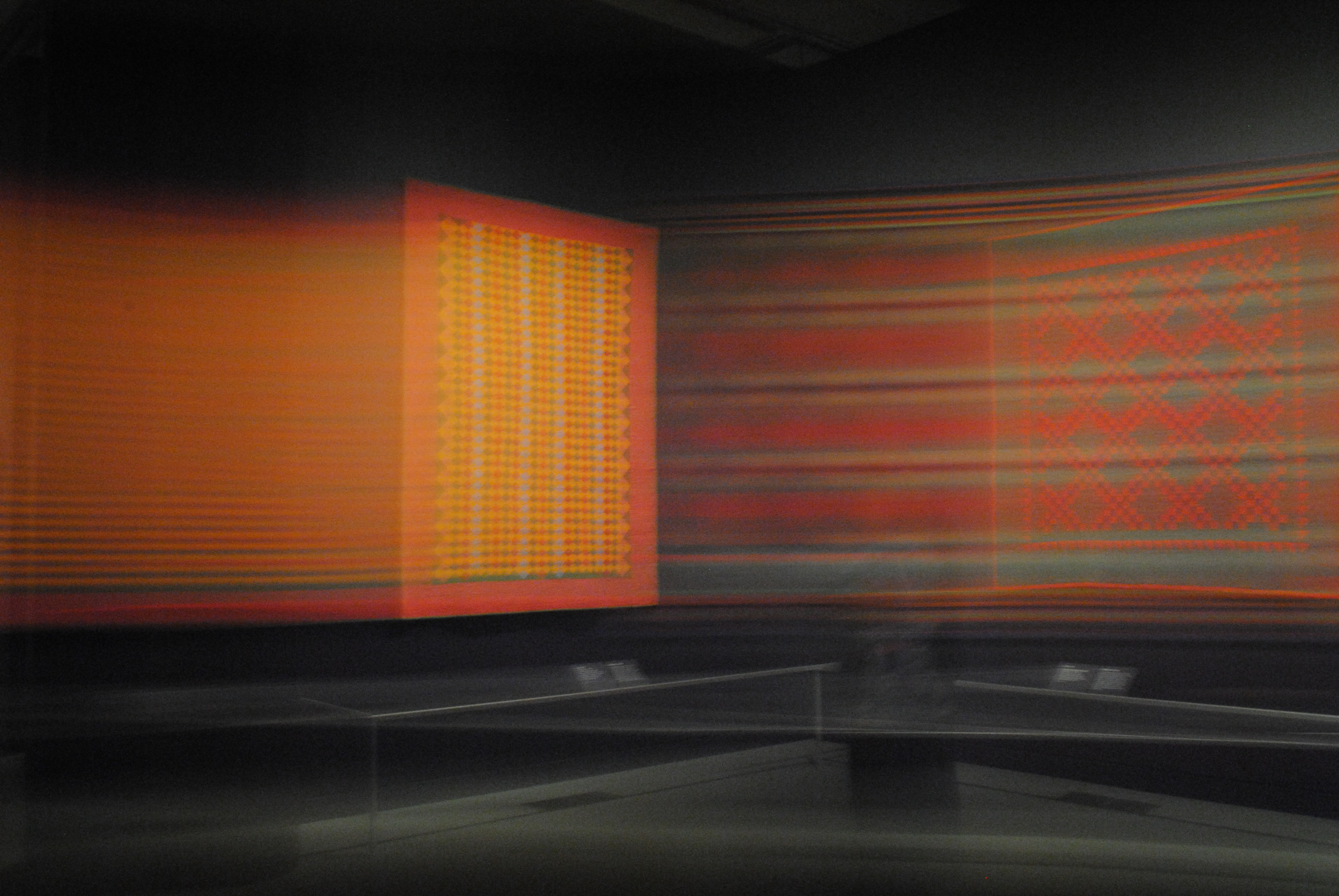
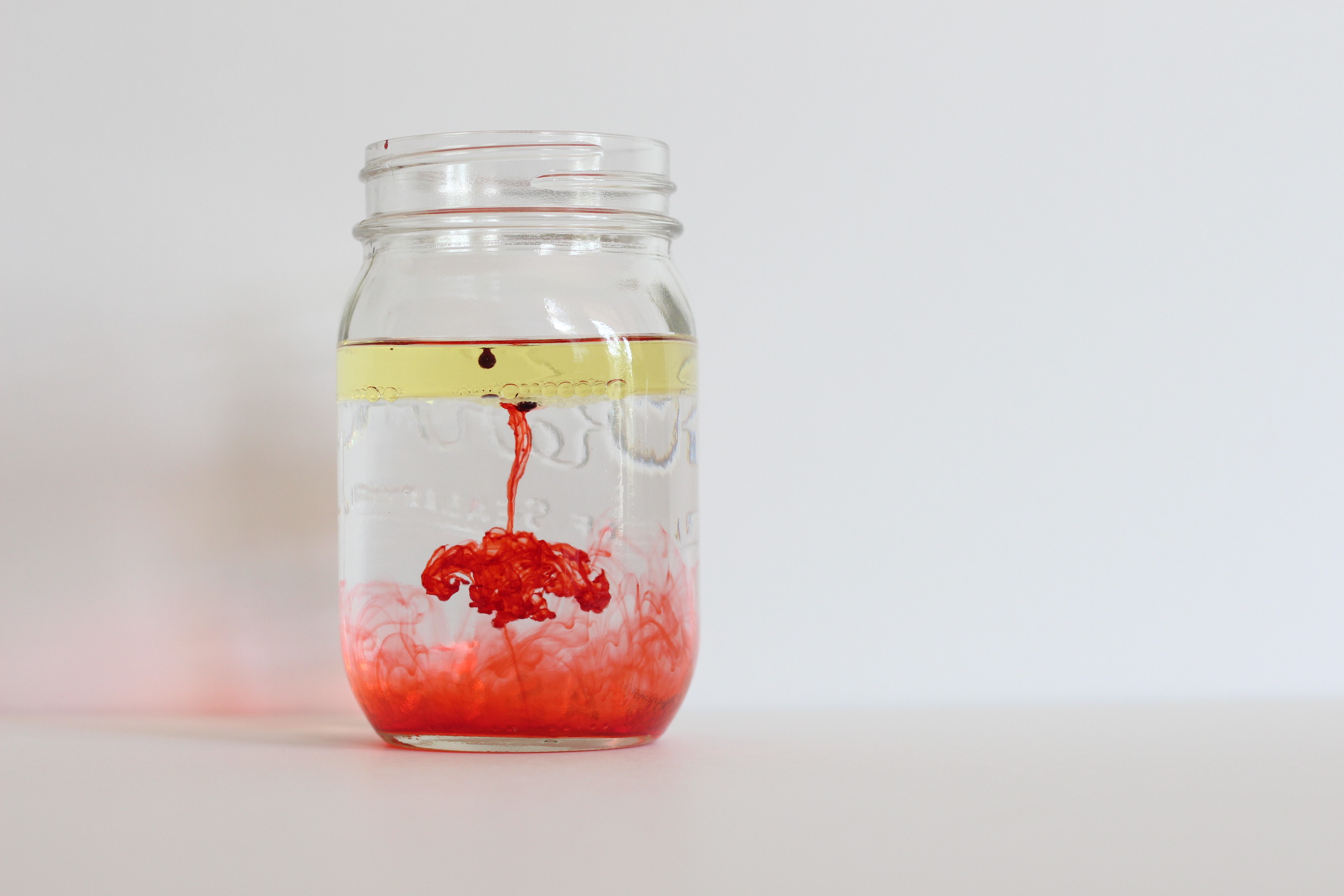


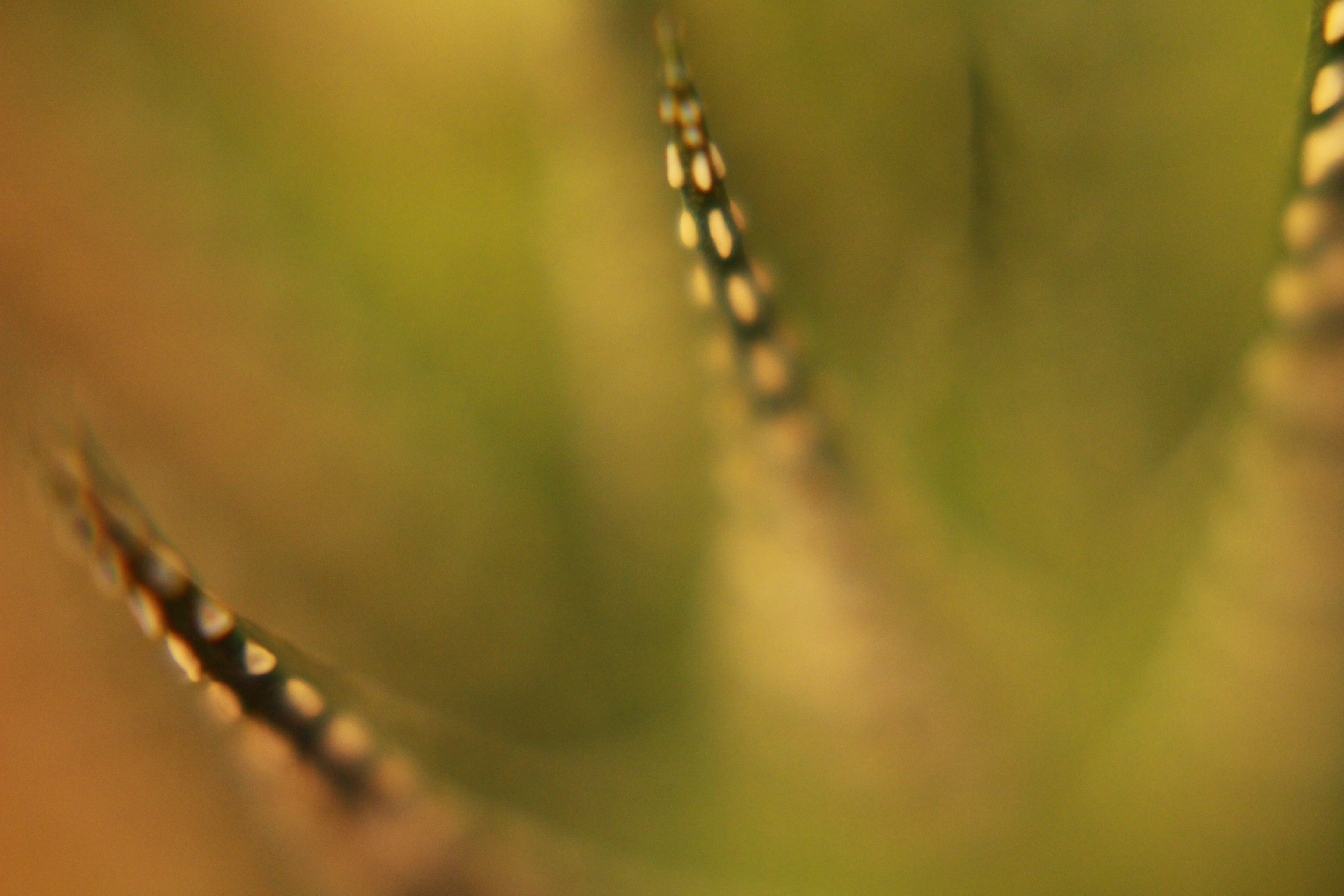


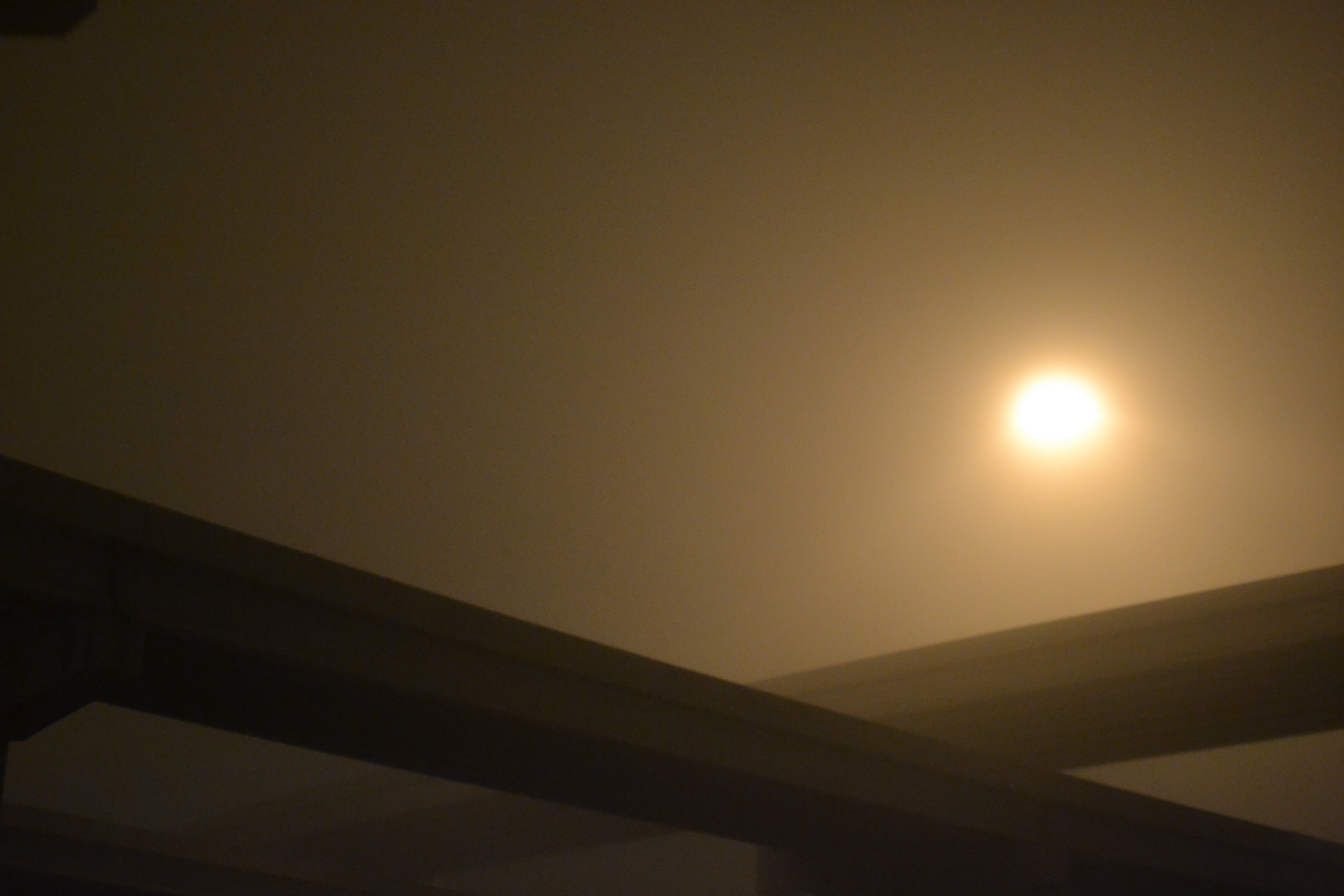



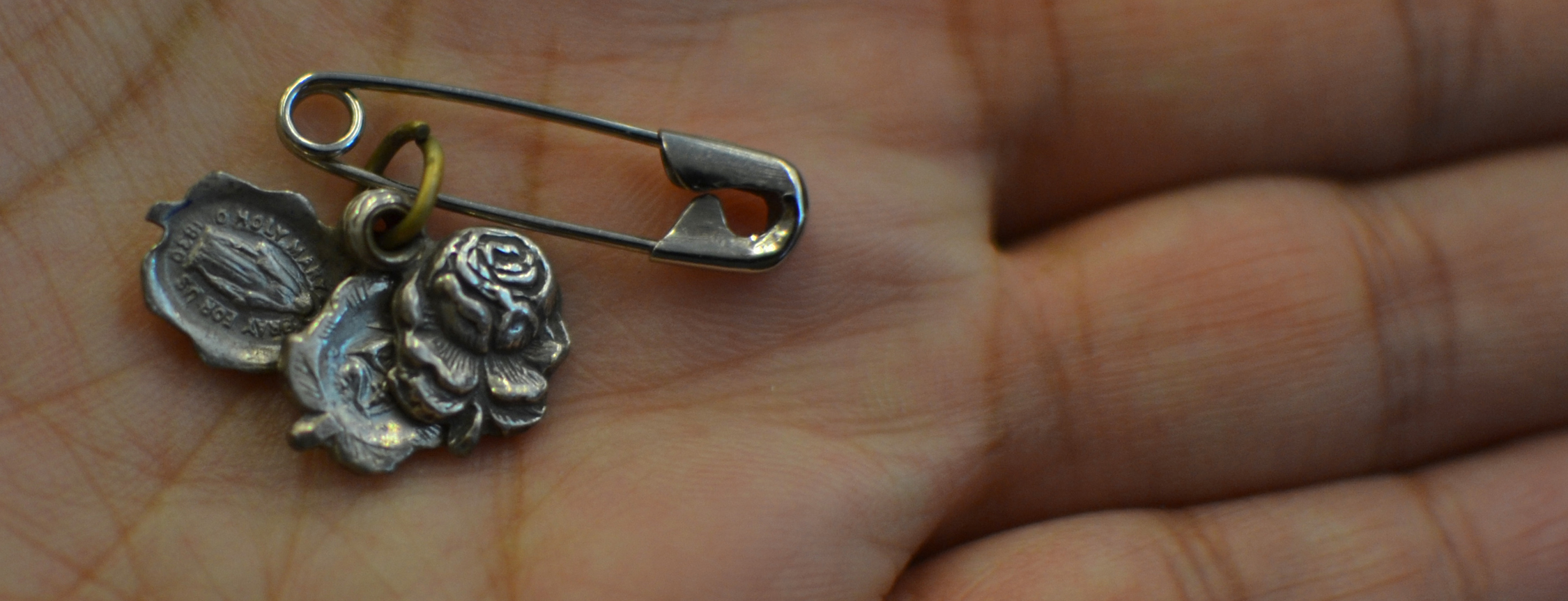
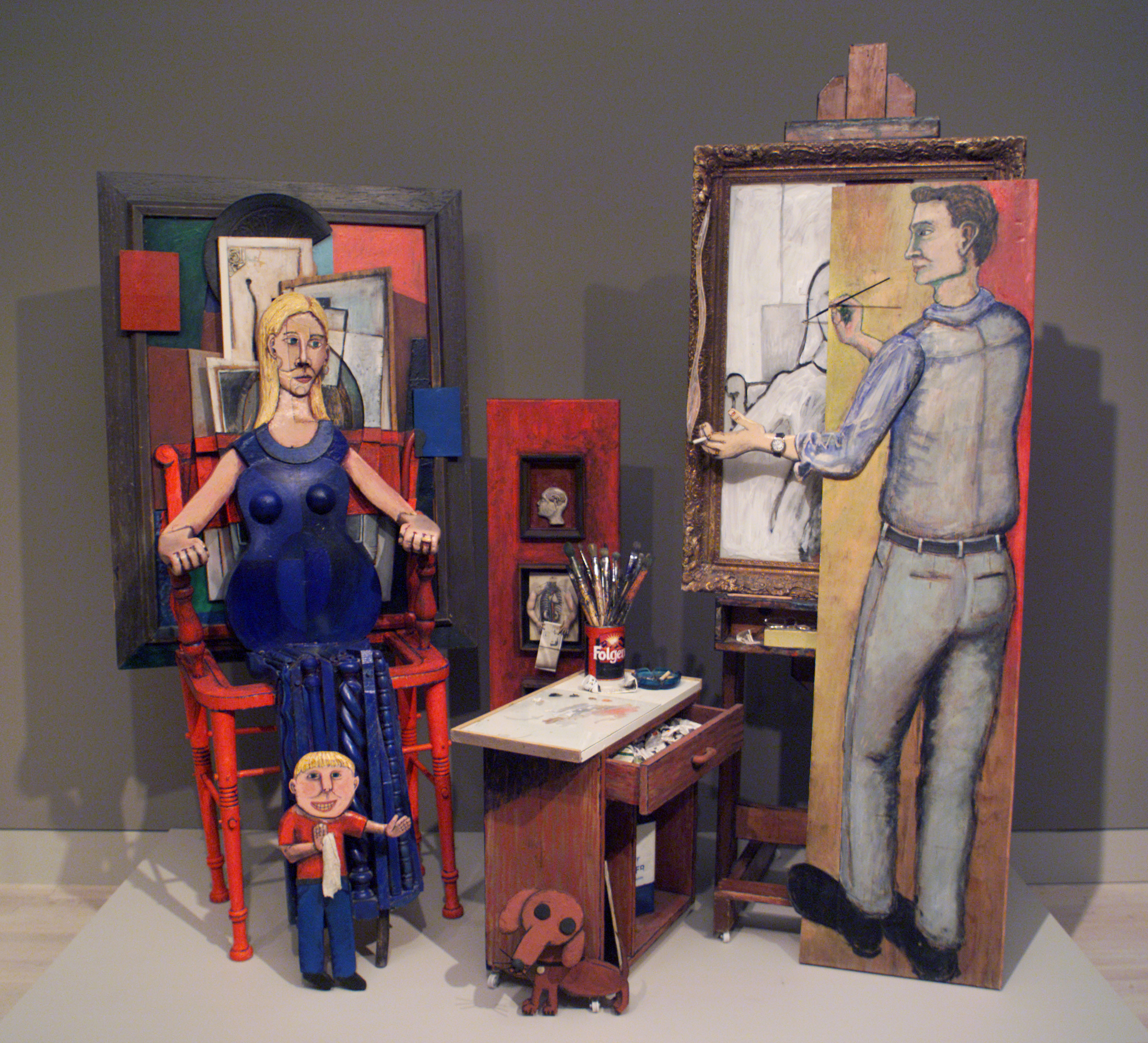
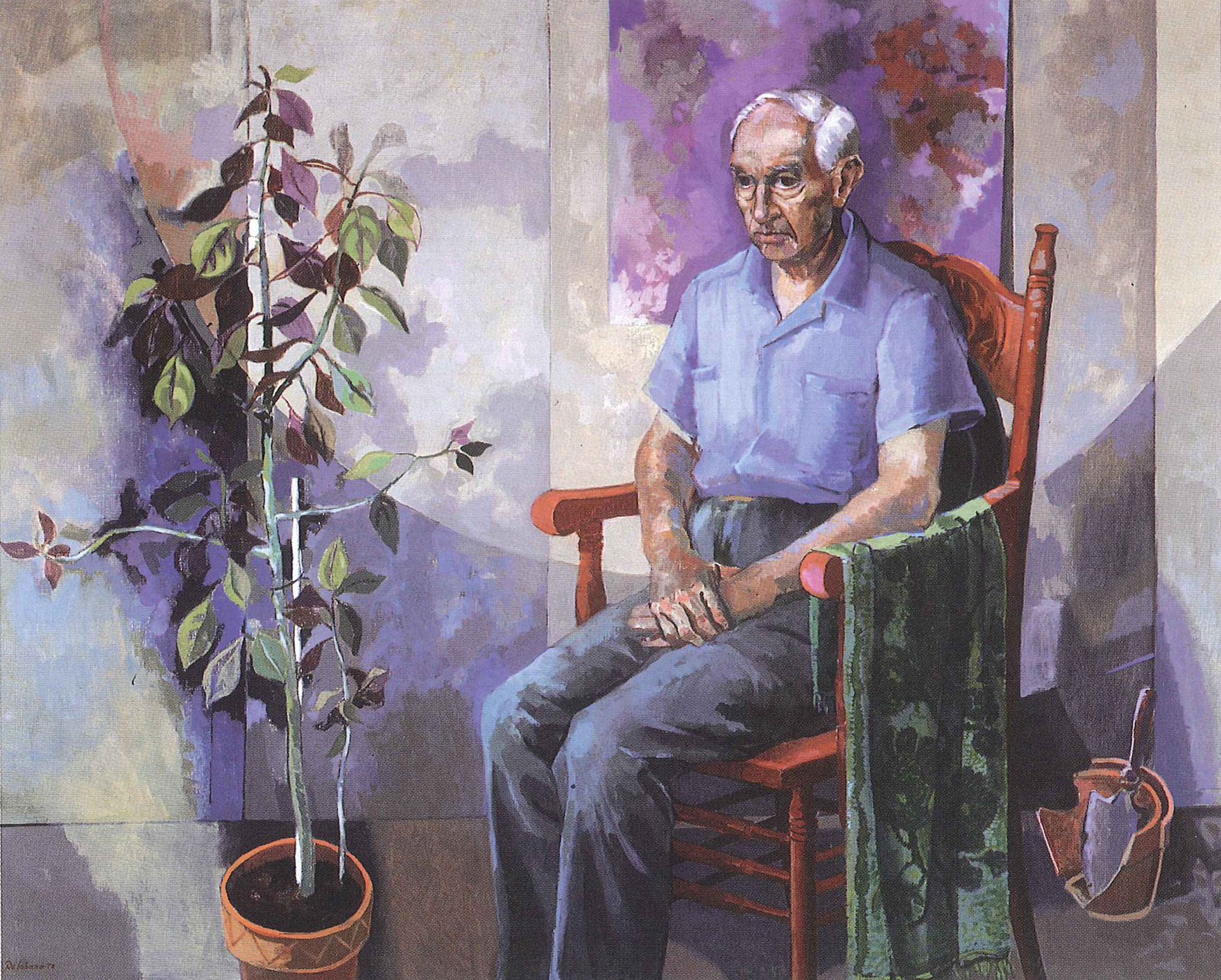
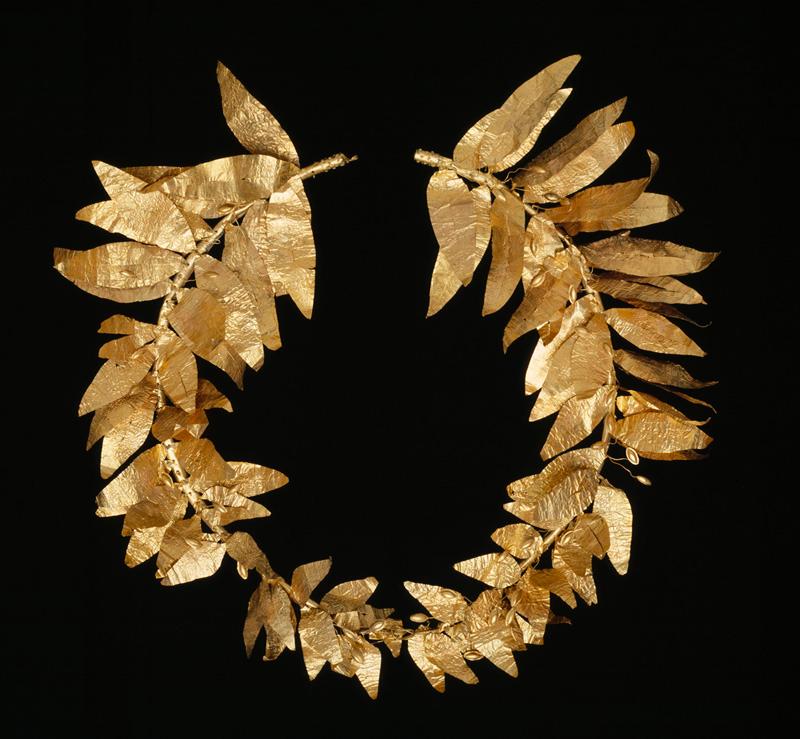 See
See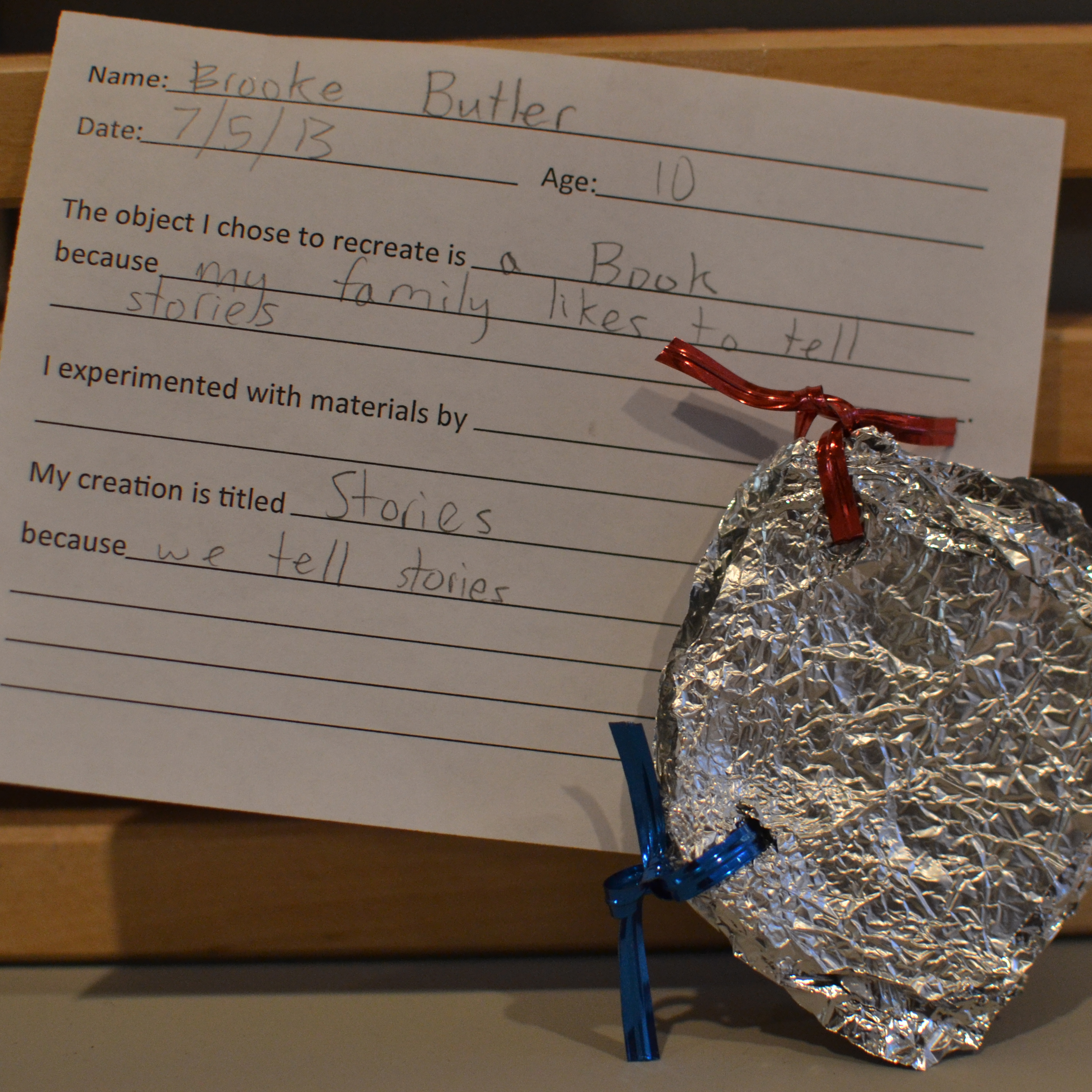 Make
Make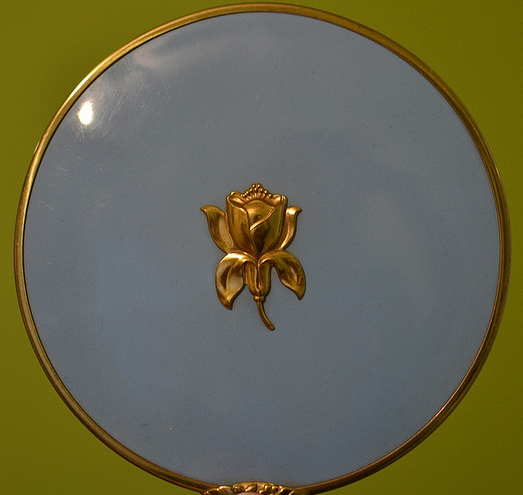 Do
Do